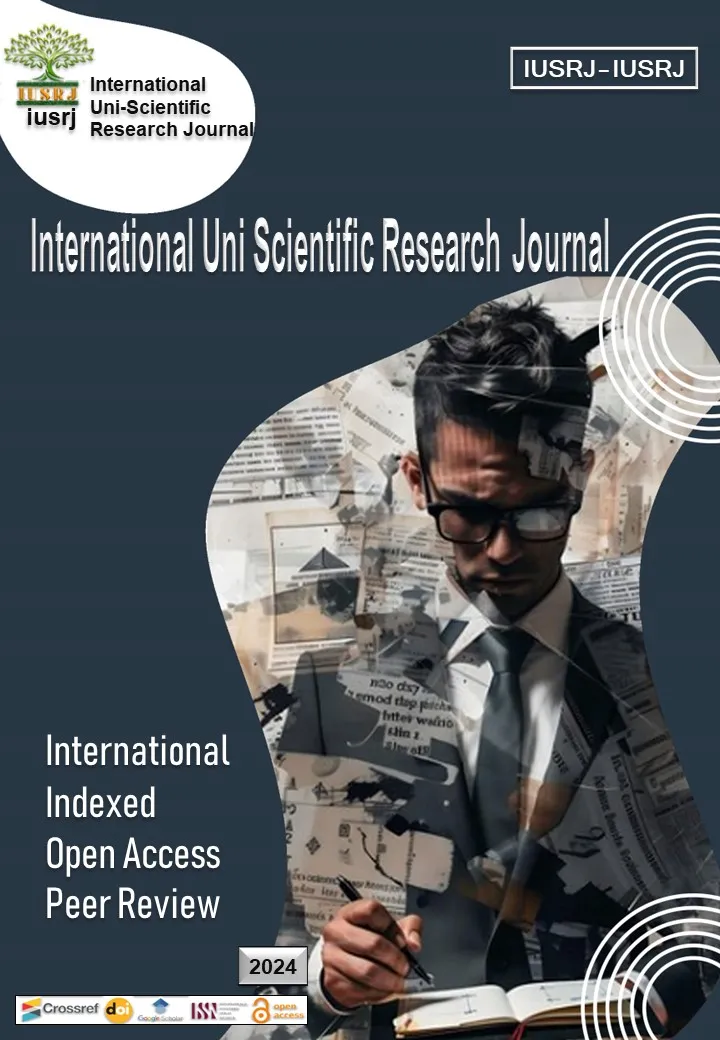التأثير الاجتماعي وتشكل المعايير والاتجاهات وفقًا للمقاربة النفسية الاجتماعية
Social Influence and the Formation of Social Norms, a Psychosocial Approach
التأثير الاجتماعي لا يقتصر على الأفراد الذين ينتمون لمجموعة معينة، وإنما يمكن أن يحدث في مختلف الوضعيات الاجتماعية والحياتية للفرد. وبالتالي فان مواقف الفرد واتجاهاته وسلوكياته وقيمه ومعاييره تتشكل انطلاقًا من قبوله وإذعانه أو تماهيه أو استدماجه لمعايير واتجاهات الأفراد الآخرين، وتصرفه وفقًا لتوقعاتهم. في حين أن انتماء الفرد للمجموعة يقتضي منه التصرف وفقًا لمعاييرها وتطلعاتها حتى يحافظ على عضويته بها ويتجنب الإقصاء والتهميش. إحداث التغيير على مستوى قناعات واتجاهات أعضاء المجموعة لا يقتصر على المستوى الداخلي للمجموعة من خلال النقاش والتواصل مع أو بين أعضائها، وإنما قد يحدث كنتيجة لاستجابة المجموعة للتحديات الخارجية التي يمكن أن تواجهها كوجود مجموعة منافسة أو عدو خارجي يمنعها من تحقيق أهدافها أو يمكن أن يكون مصدر إحباط لأعضائها. كما أن تدبير الصراع بين المجموعات وتغيير الاتجاهات والأفكار النمطية السلبية تجاه أعضاء المجموعة المنافسة يمكن تحقيقه من خلال إدراج تحديات مشتركة وأهداف عليا يقتضي تحقيقها التنسيق والتعاون بين أعضاء المجموعتين. وفقًا لهذا فان اتجاهات الأفراد ومواقفهم وأحكامهم وأفكارهم وصورهم النمطية تتغير تبعًا لتغير العلاقات الخارجية للمجموعة التي ينتمون اليها. وبالتالي فان هيكلة المجموعة وطبيعة العلاقة بين أعضائها تتأثر بطبيعة التحديات الخارجية التي تواجه أعضائها.
Keywords:
social influence, social norms, attitude, group, conformity
التأثير الاجتماعي, المعايير الاجتماعية, الاتجاهات، المجموعة المطابقة
[1] Asch, S. E. (1955). Opinions and Social Pressure. Scientific American, 193(5), 31–35. doi:10.1038/scientificamerican1155-31
[2] Brewer, M. B. (1991). The social self: On being the same and different at the same time. Personality and social psychology bulletin, 17, 475–482. doi:10.1177/0146167291175001
[3] Deutsch, M., & Gerard, H. B. (1955). A study of normative and informational social influences upon individual judgment. Journal of Abnormal and Social Psychology, 51(3), 629–636. doi:10.1037/h0046408
[4] Hewstone, M. E., Stroebe, W. E., & Jonas, K. E. (2008). Introduction to social psychology. Blackwell Publishing.
[5] Kelman, H. C. (1958). ‘Compliance, Identification, and Internalization Three Processes of Attitude Change. The journal of conflict resolution, 2(1), 51–60.
[6] Levine, J. M., & Moreland, R. L. (1990). Progress in small group research. Annual review of psychology, 41(1), 585-634.
[7] Lewin, K. (1947). Frontiers in group dynamics. Human Relations; Studies towards the Integration of the Social Sciences, 1(2), 143–153. doi:10.1177/001872674700100201
[8] Moreland, R. L., & Levine, J. M. (1982). Socialization in small groups: Temporal changes in individual-group relations. In Advances in experimental social psychology (Vol. 15, pp. 137-192). Academic Press. doi.org/10.1016/S0065-2601(08)60297-X
[9] Moscovici, S., Lage, E., & Naffrechoux, M. (1969). Influence of a consistent minority on the responses of a majority in a color perception task. Sociometry, 32(4), 365–380. doi:10.2307/2786541
[10] Rohrer, J. H., Baron, S. H., Hoffman, E. L., & Swander, D. V. (1954). The stability of autokinetic judgments. Journal of Abnormal and Social Psychology, 49(4, Pt.1), 595–597. doi:10.1037/h0060827
[11] Sherif, C. W., Kelly, M., Rodgers, H. L., Sarup, G., & Tittler, B. I. (1973). Personal involvement, social judgment, and action. Journal of Personality and Social Psychology, 27(3), 311–328. doi:10.1037/h0034948
[12] Sherif, M. (1937). An experimental approach to the study of attitudes. Sociometry, 1(1/2), 90-98.
[13] Sherif, M. (1954). Integrating field work and laboratory in small group research. American Sociological Review, 19(6), 759-771. doi.org/10.2307/2087924
[14] Sherif, M. (1961). Conformity-Deviation, Norms, and Group Relations. In I. A. Berg & B. M. Bass (Eds.), Conformity and deviation (pp. 159–198). Harper and Brothers. https://doi.org/10.1037/11122-006
[15] Sherif, M., & Hovland, C. I. (1961). Social judgment: Assimilation and contrast effects in communication and attitude change. Yale Univer. Press.
[16] Sherif, M., & Sherif, C. W. (1953). Groups in harmony and tension; an integration of studies of intergroup relations.
[17] Sherif, M., White, B. J., & Harvey, O. J. (1955). Status in Experimentally Produced Groups. American Journal of Sociology, 60(4), 370–379.doi:10.1086/221569
[18] Stein, A. A. (1976). Conflict and cohesion. The Journal of Conflict Resolution, 20(1), 143–172. doi:10.1177/002200277602000106
[19] University of Oklahoma. Institute of Group Relations, & Sherif, M. (1961). Intergroup conflict and cooperation: The Robbers Cave experiment (Vol. 10, pp. 150-198). Norman, OK: University Book Exchange.
[20] Fatiha,Y.(2022), The Importance of Family Routine and its Role in Developing The Social Skills of The Child. IUSRJ International Uni-Scientific Research Journal (3)(15),98-104
https://iusrj.org/articles/doai202209081250.
[21] Moulay,B.(2021), The middle class in Morocco and social mobility. IUSRJ International Uni-Scientific Research Journal (2)(35),229-239
https://iusrj.org/articles/doai202107211222
Citation
Abdelmajid Qourrichi(2023),Social Influence and the Formation of Social Norms, a Psychosocial Approach. IUSRJ International Uni-Scientific Research Journal (4)(8),41-47. https://doi.org/10.59271/s44970-023-1001-8Call for Paper

We are going to launch a new Volume, 15th of next Month of peer-reviewed OpenAcess journal publishing original research articles. IUSRJs' publish innovative papers, reviews, mini-reviews, rapid communications and scheduled to monthly. For this purpose, we would like to ask you to contribute your excellent papers in IUSRJs'. Your comments will help us improve the quality and content of the journals. The journals accepts Review Articles, Original Articles and Short Communications. Brief Report, Books Review, Thesis Submit your valuable work: Submit Now Submit your article through : [email protected]
